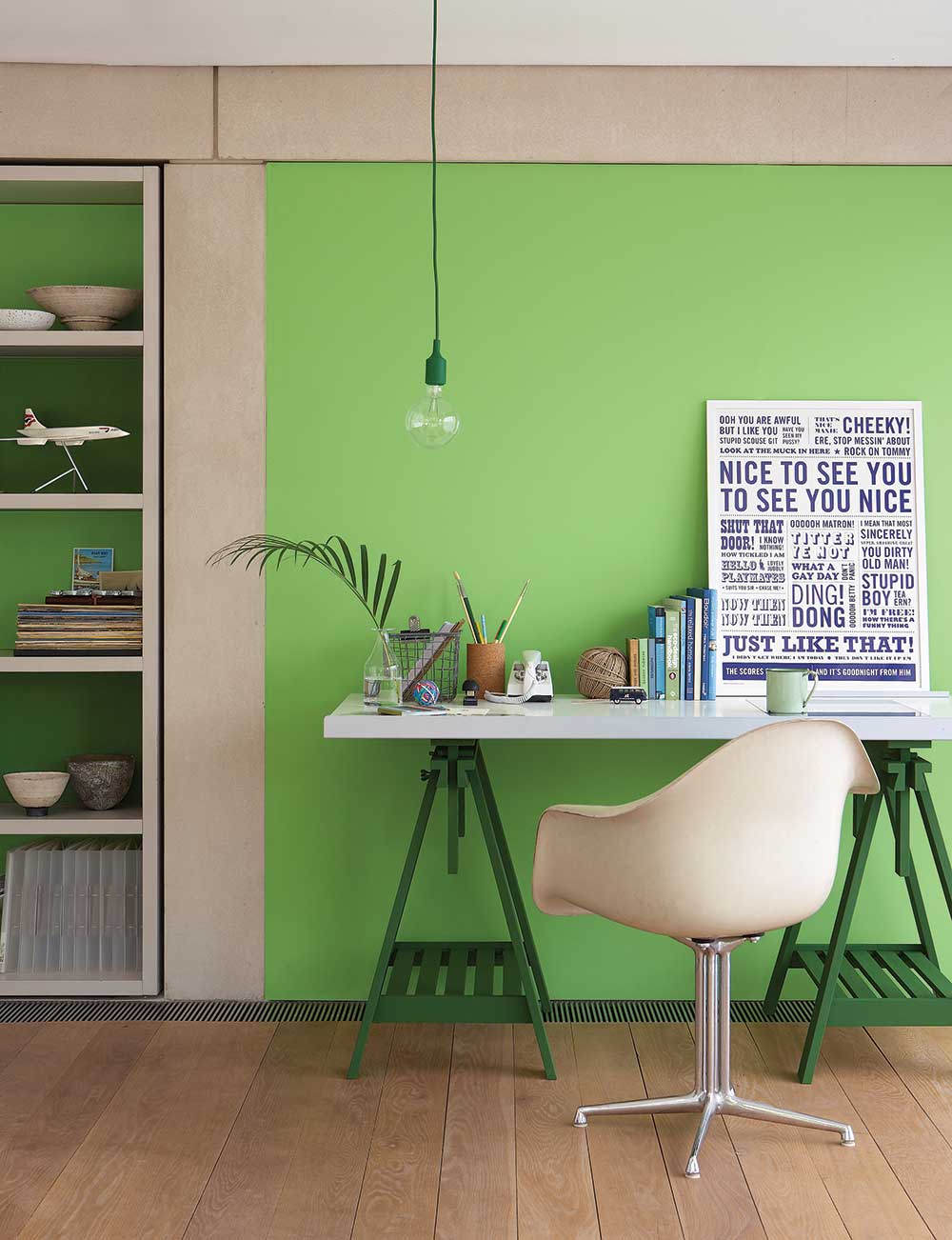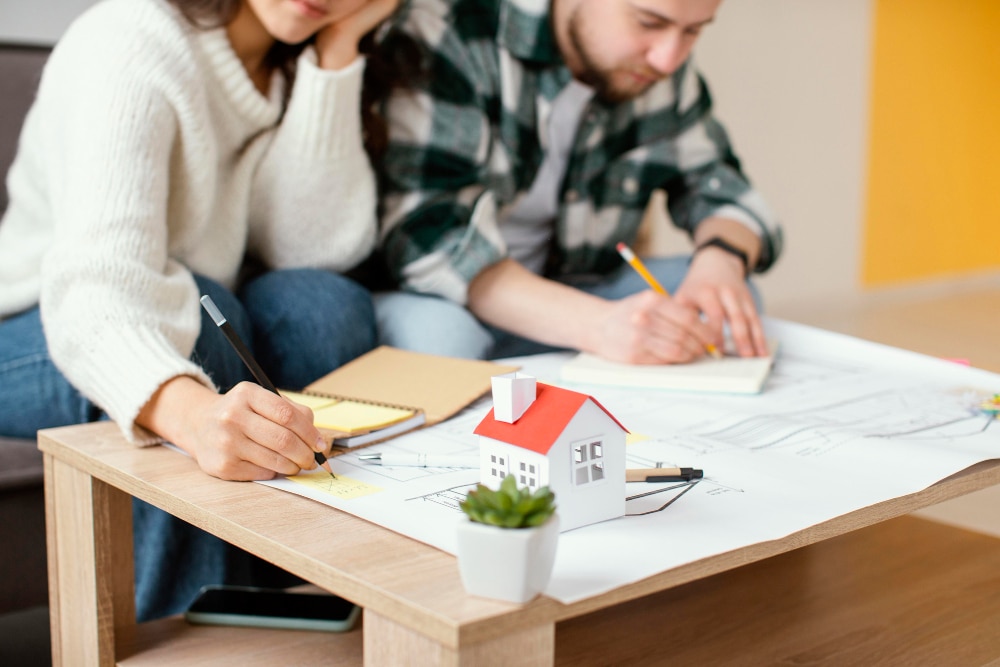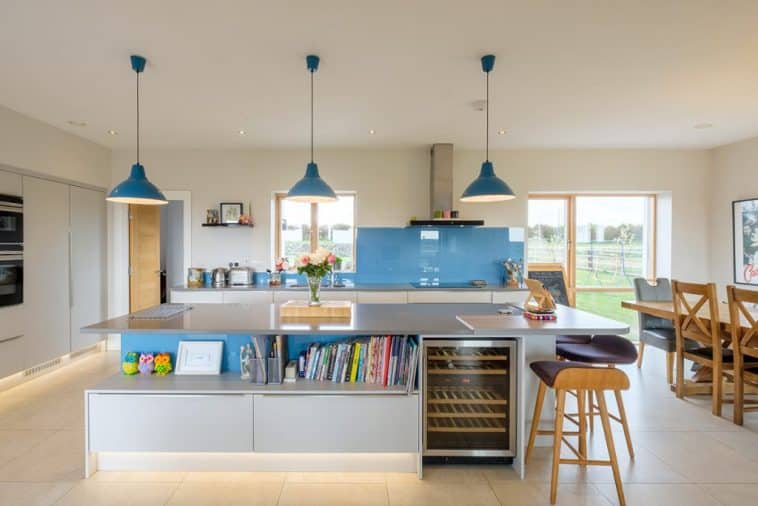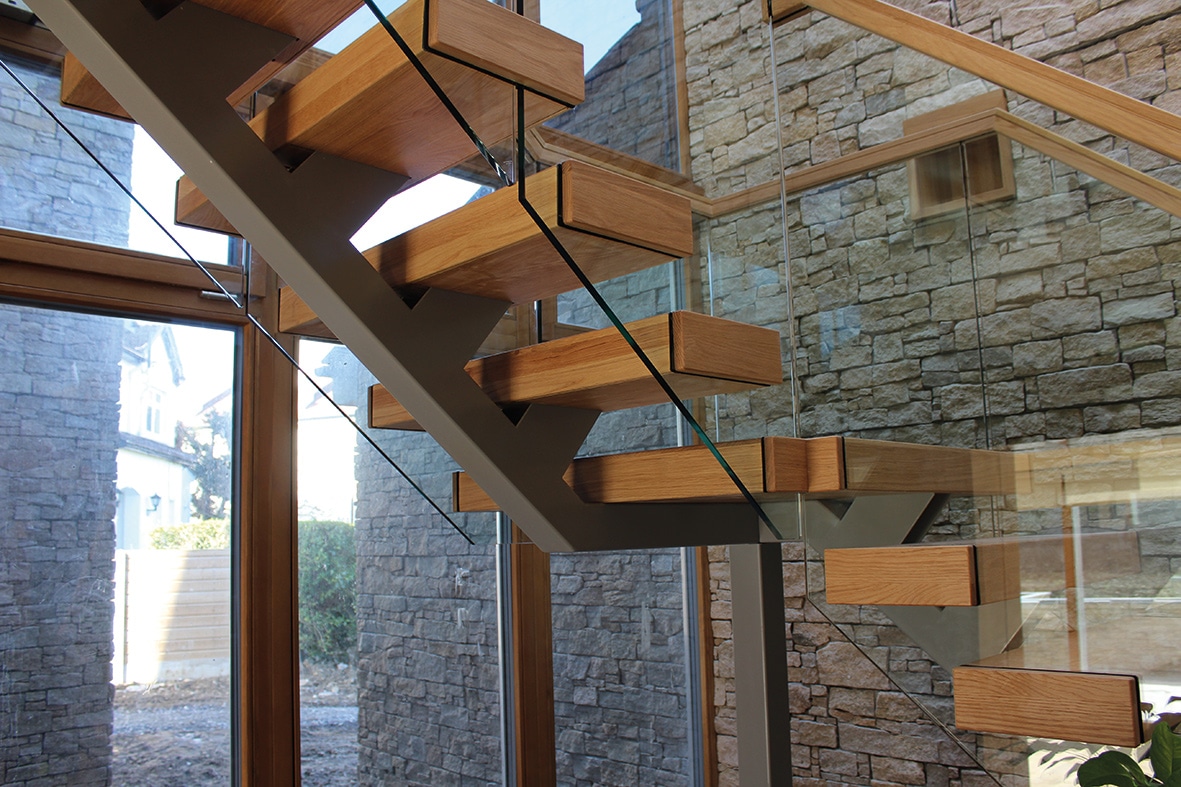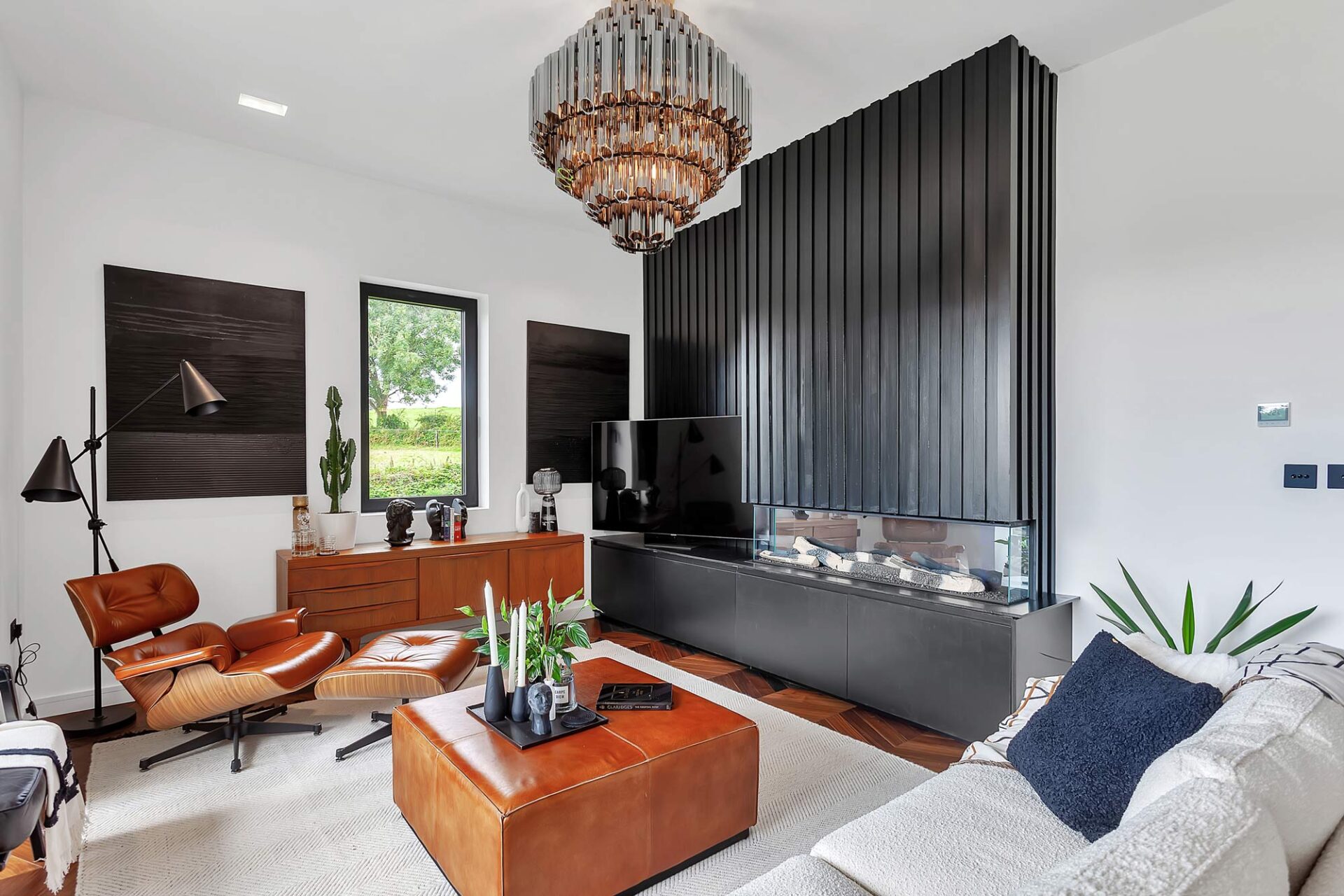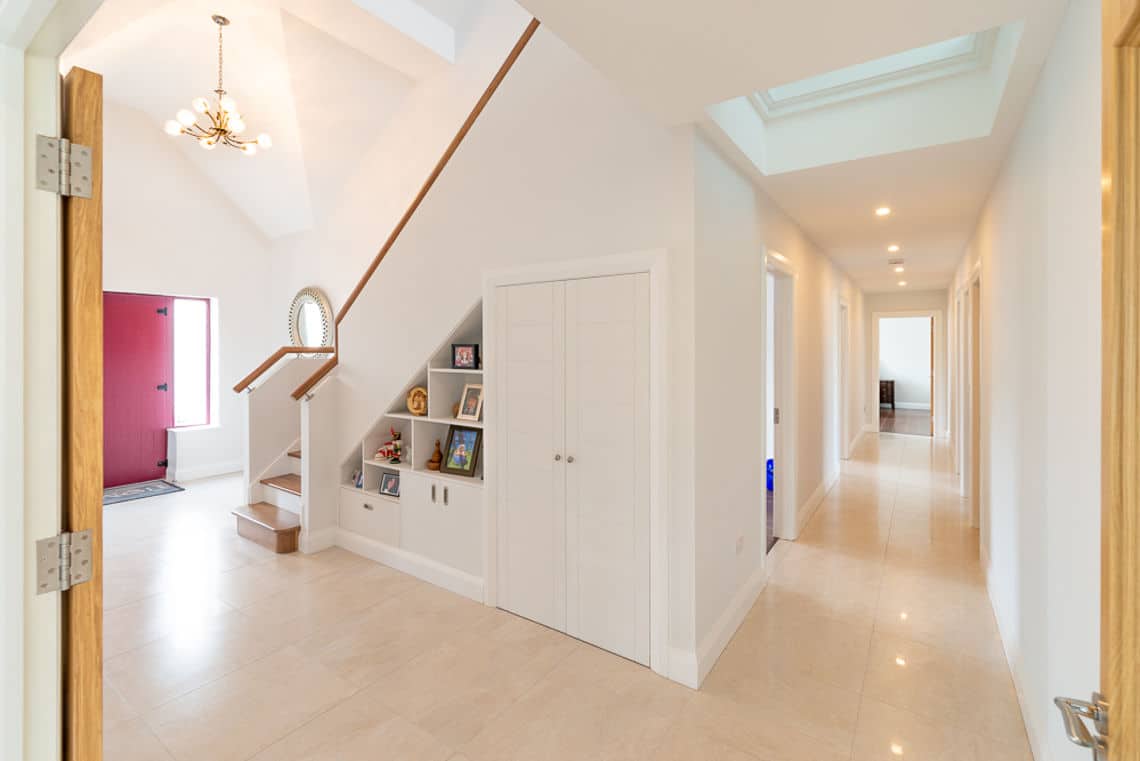Designing your home is like writing your autobiography in three dimensions; the perfect interior should reflect your vision, creativity, lifestyle and personality.
As with fashion an
interior look is developed by combining different elements to create a style that defines you. Minimal, modern, contemporary or classic, whether we realise it or not we all have a preferred interior design style as evidenced by the images we gravitate towards when leafing through the ‘glossies’.
But what exactly is it that defines these styles and how are they achieved? Finding and refining a style of your own can be challenging and sometimes it’s hard to know where to start.
Your home may already have the perfect interior layout, but generally speaking, the decision to decorate or remodel is motivated by a change in circumstances: moving house, relatives and friends coming to stay, a growing business, or simply the desire for a makeover.

Design considerations
While decorating can be transformative, no matter how beautiful the décor, it won’t compensate for a room that doesn’t function. So, before choosing colourways or selecting furniture fittings or fixtures, make a plan including the items on your wish list – you might be surprised by what you can fit in a well-planned space, even a very small one!
One point to remember is that many households contend with the comings and goings of people at different ages and stages: babies, teenagers, grandparents, nannies and their friends. Everyone needs their space and the provision of quiet zones away from this hubbub is essential.
Also, the user experience is core to the design process: when furnishing a room be guided by comfort before style; have you ever purchased a piece of furniture simply because it was pretty, only to discover that it’s painfully uncomfortable (or useless)? Of course comfort and style aren’t mutually exclusive but comfort is essential – nothing is worse than going to a friend’s house and balancing awkwardly on their post-modern chair!
Equally, because a good percentage of the daily workload is performed in the kitchen, ergonomics, workflow and clearance requirements are essential considerations in successful kitchen design.
Remember, ergonomics and accessibility are particularly important when designing for the elderly.
Beyond function, it’s good to always keep in mind that personality is an essential design feature as this is what will distinguish a home from a house. Be it a gallery wall, a painting of your favourite holiday destination or another piece that tells your story, these items will bring individuality and cosiness. A perfect interior will be one that you love and live comfortably with, not one that comes out of design magazines.
And of course it is always important to remember that all interiors benefit from natural light. Good design will make the most of this invaluable resource as the advantages extend beyond architecture and energy to include psychological and physiological benefits: improved mood, reduced fatigue, increased productivity, reduced eyestrain; importantly daylighting meets a psychological need for contact with the outside living environment.
A point to note is that on protected structures, despite the fact that the interior fabric must be preserved, clever design can combine a respect for the traditions of the past with a living environment built for now and the future.

Inspiration
As with fashion, style is not about money, it’s not about what label you wear or brand you buy, but how you put a ‘look’ together. Like the LBD (little black dress) there are interior design classics that are timeless which can be personalised and enhanced either by jewellery (in the case of fashion) or interior accessories and soft furnishings (in the case of interiors). Whether moving into a new home or remodelling a room in an existing property, there are interior design styles that appeal to most tastes and budgets.
Since the advent of IKEA in the 1940s and of course Habitat in the 1960s a wide range of well-designed, functional and affordable home furnishings have been available that benefit the daily lives (and pockets) of students, first time buyers and people at all ages and stages of life. Mass produced as they may be, the ubiquitous can become unique in context and with the help of a designer piece to create a personalised look.
When searching for your personal style, some of the best interior inspiration can be found online; sites such as Houzz, Pinterest and Apartment Therapy provide lots of ideas and sumptuous images for reference. Makeover TV design series, films, magazines, art galleries and trade fairs are all potential sources, but essentially inspiration can be found anywhere; the immediacy of smartphone technology allows you to capture an image of interest anytime, anywhere and use it for future reference.

Interior design types
There are many interior design types but considering the age we live in and the demands made on our homes, you will find two common stylistic influences are visible in most homes – modern and contemporary.
Modern
The term ‘modern’ with reference to design is really rather old. Starting in the late 19th and early 20th centuries modernism eschewed historical styles such as Gothic, Renaissance and Victorian and embraced a new way of looking at design ‘without embellishment’. Synonymous with straight lines, open floor plans and lack of decorative detail, modernism reinvented itself in the first half of the 20th Century giving way to mid-century modernism, a term that describes developments in art, design and architecture from the end of The Great Depression to the mid 1960s. The style was informed by Frank Lloyd Wright and art movements such as De Stijl (Dutch) and Bauhaus (German).
Mid-century modern continues to influence interiors, architecture, furnishings and accessories today and is considered the most significant of modern design styles from the 20th century. The fusion of mid-century modern style with contemporary aesthetics is the ultimate definition of contemporary modern design.
Form: Geometric shapes, clean lines, open plan
Materials: Chrome, stainless steel, glass, wood (natural and painted), plastic
Colour: Generally homes decorated in modern styles use neutral colours, shades of black and white throughout. Bold primary colours are used in individual furniture pieces, cushions and throws which are used sparingly.
Liveability: Modernism is typified by a lack of adornment which means no knick-knacks, vases, pottery, collections or excessive use of throw pillows, rugs or blankets. Any necessary items, including books, electronics and keepsakes are kept either out of sight inside a cabinet or closet, or are stashed away within concealed shelving or hidden storage beneath benches or window seats. Clutter screams in a modern interior; you need to be well organised to live with this style.
People: Piet Modrian (artist); Gerrit Rietveld (architect and furniture designer), Mies Van Der Rohe (architect), Marcel Breuer (architect, furniture designer), Charles and Ray Eames (architects and furniture designers).
Minimalism is one of the incarnations of modernism, with form (without ornamentation) being the unifying element. Influenced by classic Japanese design, minimalism seeks to instil a sense of calm, harmony and spirituality in its designs. Advocating a ‘less is more’ approach, it is one of the centrepieces of 20th century design.
The minimalist concept calls for clean lines, simple colour palettes and unadorned surfaces. Minimalism pares back shape and structure to its basic elements with an emphasis on negative space; the space surrounding an object being as important as the object itself.
With a focus on ‘less’, minimalist interiors run the risk of looking bare and feeling sterile if not designed properly. Furniture needs to be chosen with care.
Contemporary
Of our time, contemporary interior design refers to any design style that is current without necessarily referencing an historical period. On trend styles include transitional and eclectic though timeless themes also feature vintage, coastal, rural and classic, made current by the use of fashionable shapes, colours, fabrics and textures.
Eclectic: This personal home style encompasses a variety of periods and styles brought together by the use of colour, shape, pattern, texture and finish. Done well, this style will broadcast your design confidence and is the perfect way to express your individuality. However, scale and proportion between contrasting elements must be maintained for the look to work as a whole. Put a mood board together using photographs of your favourite items. See what combination works best; items need to match in shape, size, colour, texture, etc.
Transitional: Where both traditional and contemporary styles meet, halfway between decorative old world design and minimal new world contemporary. Lines are less ornate than those used in traditional designs but not as severe as those in modern designs. It is a simple sophisticated style with little embellishment by way of ornamentation or accessories. Texture is important and is used to create a rich luxurious / comfortable feel. Furniture is generous without being ungainly. Colour is introduced by way of select art and accent pieces, the default colour being neutral or shades of black or white. Transitional designs are uncomplicated, comfortable and practical, well suited to modern lifestyle requirements.
Coastal: Evocative of sandy toes, sunshine, sea breezes and far away horizons, the coastal style is both relaxed and sophisticated. It is at its best when it sets a mood. Rooms should feel breezy and spacious. The most important element is light; to make the most of it mix white walls with colours and textures evocative of the coast: sand dunes, sea grasses, drift wood and barely there blues that hint of sea and sky. Think of materials and patterns: painted shiplap or stripes for furnishing and accessories. However avoid crowding the space with kitch: oars, fishing nets, sea shells, anchors and the like. Materials should be practical, think cotton, linen, sisal and jute.
Wherever your inspiration takes you, above all remember that whatever your style, design should always be in the service of a better life.
Additional information
Karen Hughes, Emerald Interior Design, Dublin, www.emeraldinteriordesign.ie
mobile 087 988 2077, email: info@eids.ie 



